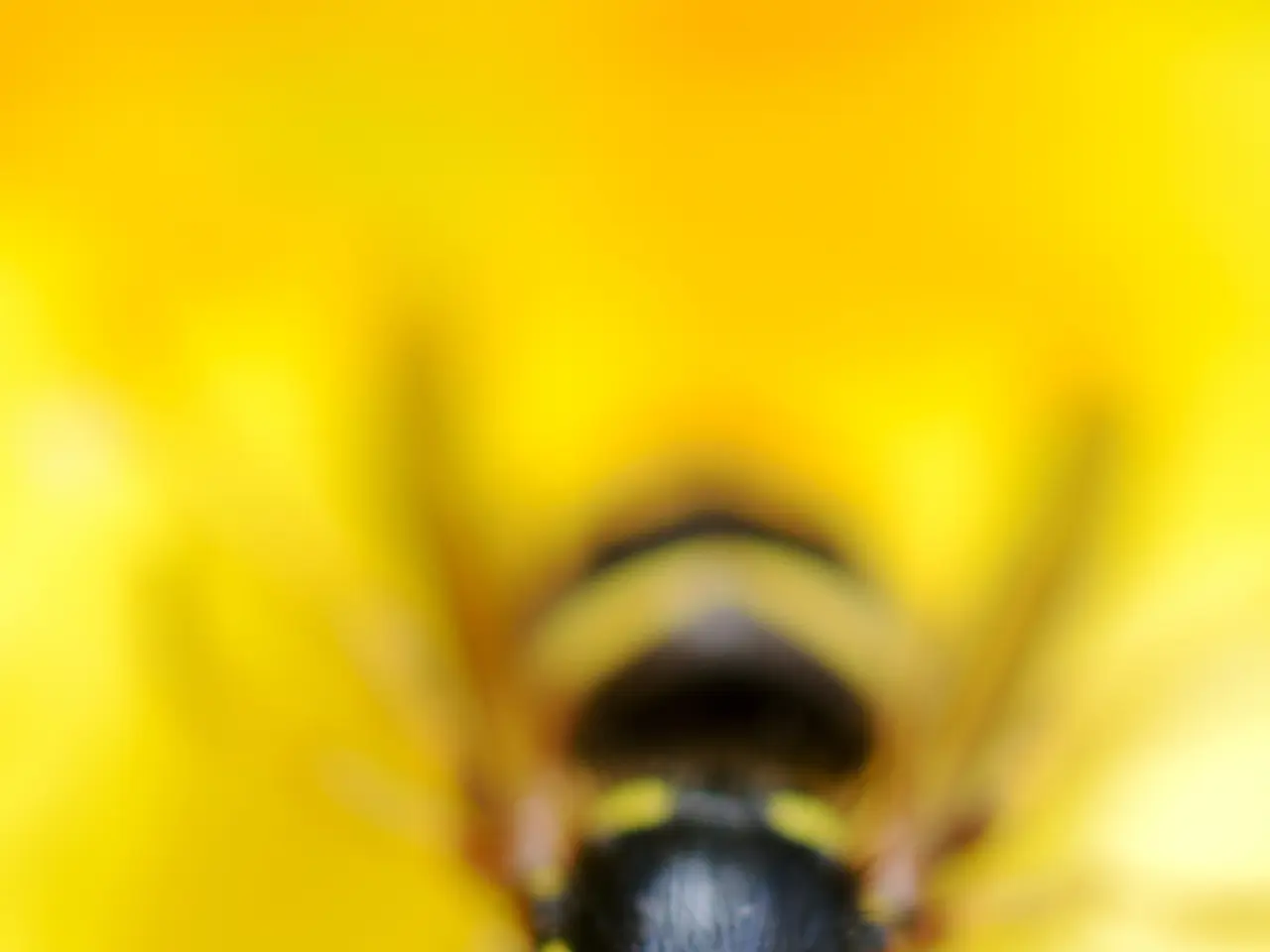Insect surveillance through yellow pan traps
Yellow pan traps are a simple, cost-effective method for students to monitor and study flying insects. This activity, part of the Curious Minds Buzz in the Garden project, allows students to construct their own yellow-baited containers, place them in insect-rich environments, collect trapped insects, and identify the species captured.
Constructing the Traps
To create a yellow pan trap, students can use yellow plastic bottles, buckets, or trays, and fill them about one-third full with a liquid bait such as diluted molasses, beer, or sweet red wine. The traps can be shallow pans or bottle traps, placed on the ground or suspended near vegetation for optimal insect attraction.
Placing the Traps
The placement of these traps is crucial, as they should be situated in habitats where target insects are likely to be active. This could be near flowering plants, dunes, woodland edges, or specific vegetation types like oak or asters, depending on the study goals. Placement is timed to correspond to times of day or seasons when insect activity is highest, with morning warming periods noted to increase insect catches.
Data Collection and Identification
After placement, the traps are left for a set period (e.g., days or weeks), then checked by collecting the captured insects from the liquid. The trapped insects are removed from the bait solution and transferred to containers for preservation or immediate examination. Students can record the number and types of insects trapped to assess abundance and diversity.
Identification of the collected specimens is done by visual examination, often using reference keys or guides for beetles and other insects. Common beetle groups trapped include Cerambycidae, Buprestidae, and Tenebrionidae. Sometimes, swept vegetation and visual searches complement traps to enrich data on present insects.
A Resource for Insect Monitoring
The resource "Yellow pan traps - monitoring flying insects" was developed for the Curious Minds Buzz in the Garden project by Morgane Merien, Dr Chrissie Painting, Tom Saunders, and Dr Leilani Walker. Students record their observational data on an activity sheet and can download the activity file and an identification guide as Word and PDF files, respectively.
The South Auckland pilot of the Participatory Science Platform (PSP) programme, where this activity was produced, was managed by COMET Auckland. The New Zealand Entomological Society has a website for those interested in learning more about insects. Additionally, Manaaki Whenua - Landcare Research has a guide called "What is this bug?" about common invertebrates of New Zealand.
This activity helps students practice the science capability 'Critique evidence' and is part of a larger initiative, the national strategic plan for Science in Society, A Nation of Curious Minds - He Whenua Hihiri i te Mahara, a government initiative to encourage and support New Zealanders in science and technology.
For more resources and community activities, you can visit the "We love bugs!" Pinterest board. Pan traps for insect monitoring can also be filled with water and detergent to study surface tension, and the PDF file for "What is this Bug?" is available for download, weighing in at 62.35 MB. The Buzz In the Garden PSP project has been funded through the South Auckland pilot of the PSP.
- In addition to studying insects, the knowledge gained from yellow pan traps can extend to other areas such as health-and-wellness, as understanding the role of insects in ecosystems can help us appreciate their contributions to pollination and decomposition.
- To further enrich their understanding of the environment, students participating in the Curious Minds Buzz in the Garden project may find educational resources on general news websites about the impact of human activities on insect populations and the importance of environmental-science in preserving biodiversity.
- As part of their lifestyle, students who have a keen interest in fitness-and-exercise and education-and-self-development might consider careers in science, technology, engineering, and mathematics (STEM) fields related to insect biology, given the opportunities they have had to engage in projects like the Curious Minds Buzz in the Garden.




